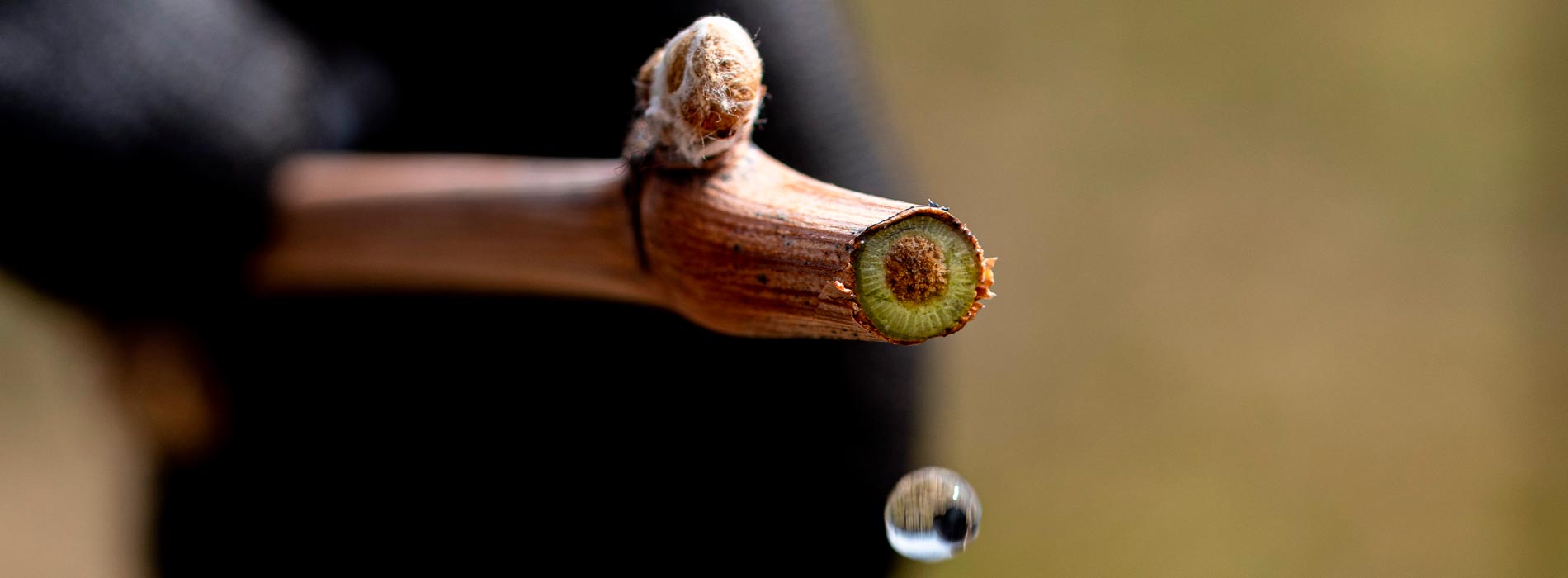
THE NORTHERN SHORE
OF LAKE TRASIMENO
in the central Italian region of Umbria occupies a unique place in Italy's history. It was here that the forces of the great Carthaginian general Hannibal won a surprise victory against the Roman army in in 217 BCE.
Hannibal won this battle but ultimately lost the Punic war, and the Romans soon found their way back, settling and tending this fertile lake-side territory.
EMBRACING THE SPIRIT OF THE PLACE
Long ago, a community of Franciscan Minor Capuchin monks tended vines, olives and kitchen gardens on the crest of this hill above the lakeside town of Passignano sul Trasimeno, in central Italy’s verdant region of Umbria. From here, they enjoyed a clear view of the largest of the lake’s three islands, Isola Maggiore, where their guiding light, St Francis of Assisi, had once spent forty days and forty nights fasting.
The slopes below the monastery would have been cultivated too, as far back as Roman and Etruscan times. A Roman farmvilla uncovered at Quarantaia, not far from here, demonstrates that the area was considered a fertile agricultural resource as long ago as the first and second centuries AD.

Fast forward to the modern age. Umbria is becoming one of Italy’s most exciting new frontiers for quality wine, one no longer in the shadow of its more famous neighbour, Tuscany. The Trasimeno zone in particular, with its lacustrine microclimate and long history of vine biodiversity, with no one variety dominating, make it a rich ground for ambitious new winemaking ventures.
After a decade-long search for a central Italian property with the potential to make wines of stature and longevity, Skywalker had the great fortune to happen across Passignano’s Convento dei Cappuccini and the south-facing, terraced spur of land below it. It was like sighting land after months at sea.
Our experienced Italian enologists confirmed the hunch: this 60-acre estate could rank with the world’s great hillside vineyards – with those of the Rhône, Piedmont, or Skywalker’s native California. Wishing to honour both our roots across the Atlantic and the spiritual energy of this ancient land, we gave it the name Viandante del Cielo – Italian for ‘sky pilgrim’ or ‘sky walker’. Ten years on from that Eureka! moment, Viandante del Cielo’s meticulously crafted wines are ready to go out and spread their message.

Skywalker brought on board some of Italy’s most highly regarded wine professionals to help realise its vision for Viandante del Cielo. With decades of experience in central Italy and further afield, award-winning winemakers Maurizio Castelli and Mery Ferrara have followed every step of the winery’s evolution since its earliest days.
Winemakers Castelli and Ferrara first carried out extensive studies on the site, from soil analysis to hydrogeological monitoring, before settling on the optimum planting scheme. This involved reconstructing and remodelling the estate’s ancient terraces, leaving or replacing many of the ancient olive trees that grew at their edges, to provide stability and respect the Umbrian tradition of coltura promiscua, a traditional, peasant-wisdom version of permaculture that dates back to way before the latter came into fashion.
No attempt was made to ‘rationalise’ the terraces by making them wider: winemaking around these parts has long been carried out by hand, on steep, difficult-to-reach terrain. It’s what is known in Italy as viticoltura eroica, or ‘heroic winemaking’. With a focus on quality rather than quantity, Viandante del Cielo opted to fully embrace the ‘slow wine’ approach this entails.
